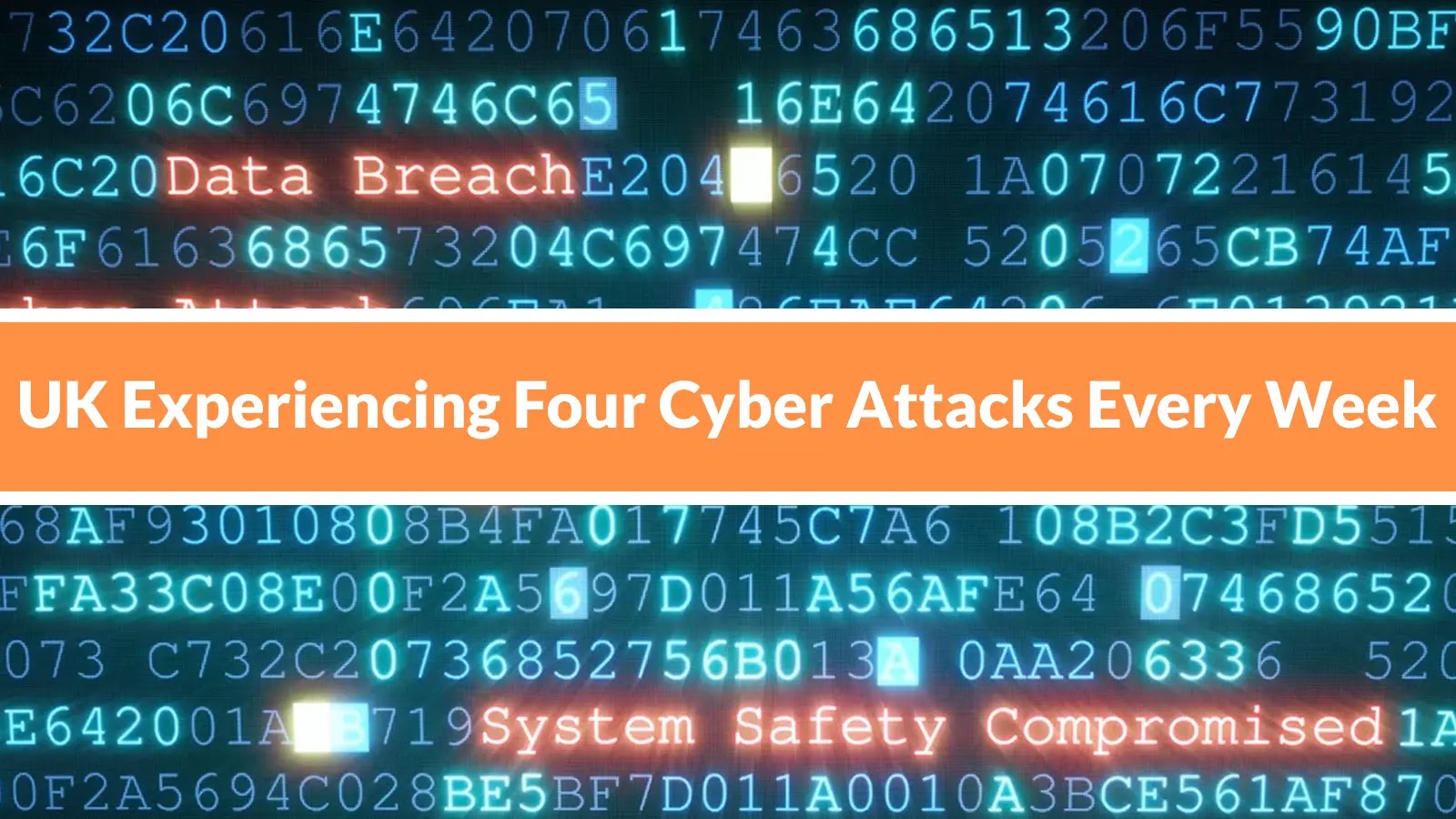
NCSC Warns of UK Experiencing Four Cyber Attacks Every Week
The UK’s Escalating Cyber Threat: Four Major Attacks Every Week
The digital landscape is a battleground, and the United Kingdom finds itself increasingly under siege. Recent revelations from the National Cyber Security Centre (NCSC) paint a stark picture: the UK is experiencing an average of four nationally significant cyber attacks every single week. This isn’t merely an uptick; it represents a dangerous escalation in the sophistication and frequency of threats, demanding immediate attention from every organization and individual operating within the UK’s digital ecosystem.
NCSC’s Alarming Statistics: A Shift in the Threat Landscape
According to Cyber Security News, the NCSC managed a staggering 204 nationally significant incidents in the twelve months leading up to August 2025. This caseload underscores a critical evolution in the threat landscape. “Nationally significant” isn’t a casual descriptor; it refers to attacks with the potential for widespread disruption to critical national infrastructure, government services, or major economic sectors. These aren’t isolated phishing attempts; they are often sophisticated, targeted campaigns executed by state-sponsored actors, organized crime syndicates, or highly capable independent groups.
The sheer volume of these attacks indicates a sustained and aggressive campaign against UK interests. Organizations previously considered low-risk are now potential targets, forcing a comprehensive re-evaluation of existing cybersecurity postures.
Understanding “Nationally Significant” Cyber Attacks
What differentiates a “nationally significant” attack from others? These incidents typically involve one or more of the following characteristics:
- Impact on Critical National Infrastructure (CNI): Targeting sectors like energy, water, telecommunications, or healthcare.
- Broad Socio-Economic Disruption: Attacks that affect a significant portion of the population or have a substantial financial impact.
- Threat to National Security: Espionage, intellectual property theft of strategic importance, or attempts to undermine government operations.
- Sophistication and Persistence: Attacks often employing advanced persistent threats (APTs), zero-day exploits, and highly skilled operators.
The NCSC’s role in managing these incidents involves not just reactive measures but also proactive intelligence gathering and collaboration with affected entities to mitigate damage and prevent future occurrences. The elevated frequency, however, strains these resources and highlights a growing gap between defensive capabilities and aggressive threat actor capabilities.
Remediation Actions: Fortifying Defenses Against Persistent Threats
In light of these escalating threats, a robust and adaptive cybersecurity strategy is no longer optional; it’s imperative. Organizations must prioritize the following remediation actions:
- Incident Response Plan (IRP) Maturity: Regularly review, update, and test your Incident Response Plan. Ensure clear communication channels and defined roles. Simulate various attack scenarios to identify weaknesses.
- Proactive Threat Hunting: Move beyond reactive defense. Implement threat hunting programs to actively search for sophisticated threats that may have bypassed initial security controls.
- Supply Chain Security: Recognize that your weakest link might be a third-party vendor. Implement stringent security requirements for all suppliers and conduct regular audits.
- Employee Training and Awareness: Phishing remains a primary initial vector for many sophisticated attacks. Continuous, engaging training can significantly reduce human error.
- Patch Management and Vulnerability Management: Maintain a rigorous schedule for patching systems. Prioritize patches for critical vulnerabilities. For example, staying informed about newly disclosed vulnerabilities like CVE-2023-XXXXX (placeholder for a relevant, recent, significant CVE) and applying patches promptly is crucial.
- Multi-Factor Authentication (MFA): Implement MFA across all critical systems and accounts to significantly reduce the risk of unauthorized access.
- Network Segmentation: Isolate critical systems and data to limit the lateral movement of attackers once they gain initial access.
- Regular Security Audits and Penetration Testing: Engage independent experts to conduct regular security assessments and penetration tests to identify exploitable weaknesses before adversaries do.
Tools for Enhanced Cyber Resilience
Implementing the above remediation actions often requires leveraging a suite of cybersecurity tools. Organizations should consider investing in and effectively utilizing the following:
| Tool Name | Purpose | Link (Example) |
|---|---|---|
| Endpoint Detection and Response (EDR) Solutions | Real-time monitoring and threat detection on endpoints. | CrowdStrike, SentinelOne |
| Security Information and Event Management (SIEM) | Aggregates and analyzes security logs from various sources. | Splunk, IBM QRadar |
| Vulnerability Scanners | Identifies security weaknesses in networks, applications, and systems. | Tenable Nessus, Qualys |
| Threat Intelligence Platforms (TIPs) | Provides actionable intelligence on current and emerging threats. | Recorded Future, Mandiant |
| Security Awareness Training Platforms | Educates employees on cybersecurity best practices and phishing. | KnowBe4, Cofense |
Conclusion: A Call for Collective Vigilance
The NCSC’s warning is a critical alarm bell. Four nationally significant cyber attacks every week underscore a persistent and evolving threat that demands a collective, proactive response. Businesses, government agencies, and individuals must elevate their cybersecurity posture, embrace continuous improvement, and foster a culture of digital resilience. Complacency is no longer an option. The security of the UK’s digital future depends on a unified and aggressive defense against these ever-present threats.





